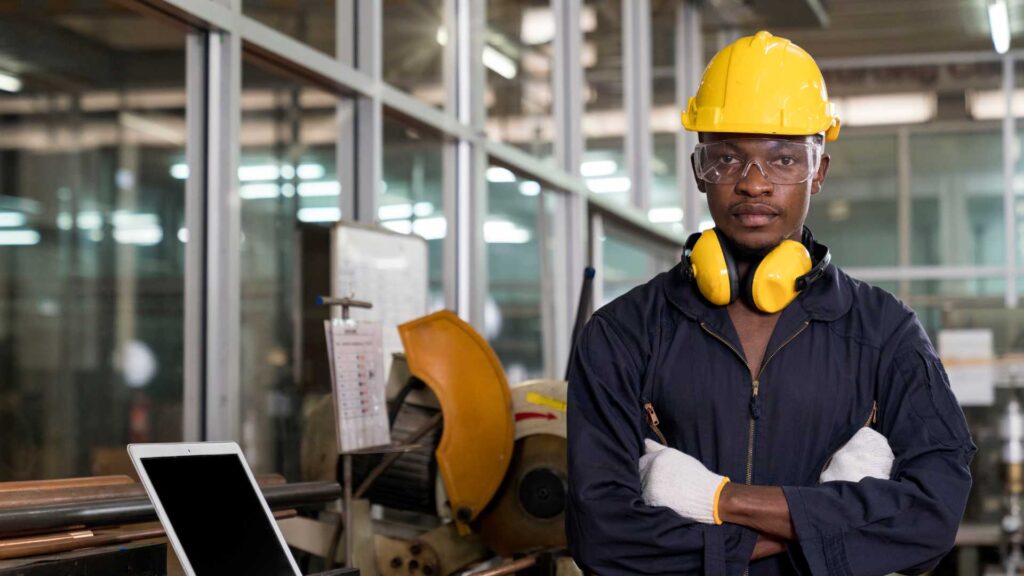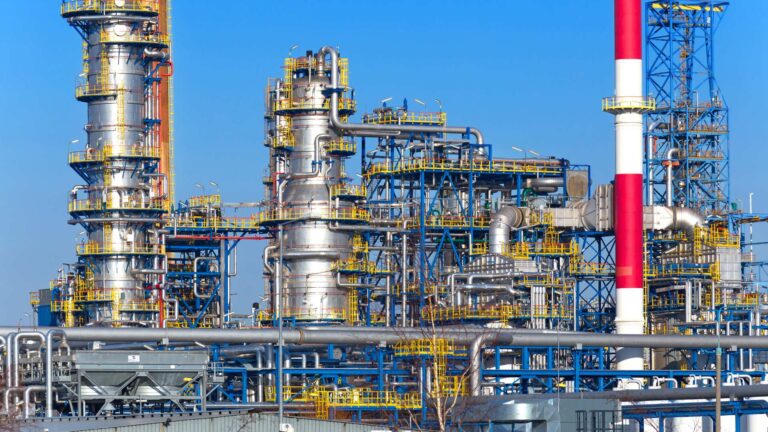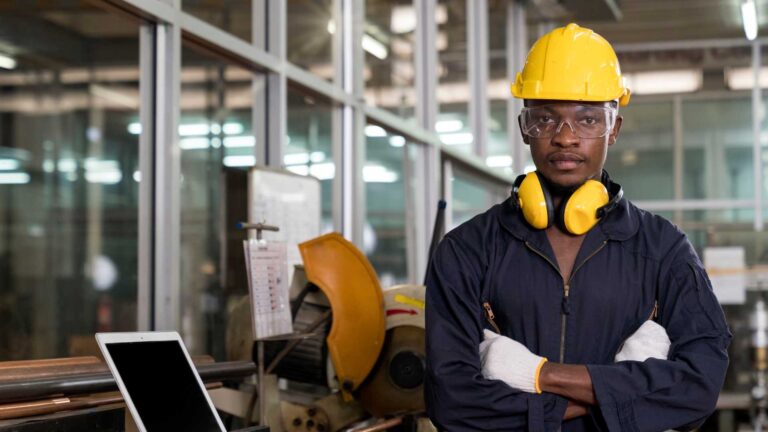Recent Posts

Factory Renovation Architecture Works
Factory renovation architecture is more than just a facelift for old buildings — it’s a creative reimagining that blends functionality, sustainability, and modern aesthetics. As industries evolve and manufacturing needs change, many factories find themselves outdated or abandoned. That’s where architectural renovation comes in, transforming these industrial giants into purposeful and vibrant spaces.
Benefits of Factory Renovation Architecture
Sustainability: Reusing materials and structures reduces waste and carbon footprint.
Cultural Preservation: Maintains architectural character and historical value.
Cost Efficiency: Often more budget-friendly than demolishing and rebuilding.
Functional Transformation: Flexible design allows for multi-use development.
Community Revitalization: Breathing new life into abandoned zones stimulates local economies and neighborhoods.


Final Thoughts
Factory renovation architecture works are at the intersection of history and innovation. It’s a practice that respects the past while embracing the future — a perfect harmony of form, function, and imagination. If you’re considering such a transformation, the possibilities are as vast as the old factory floors themselves.
Contact us today to discuss your civil construction needs and take the first step toward building a stronger, smarter, and more sustainable future!




